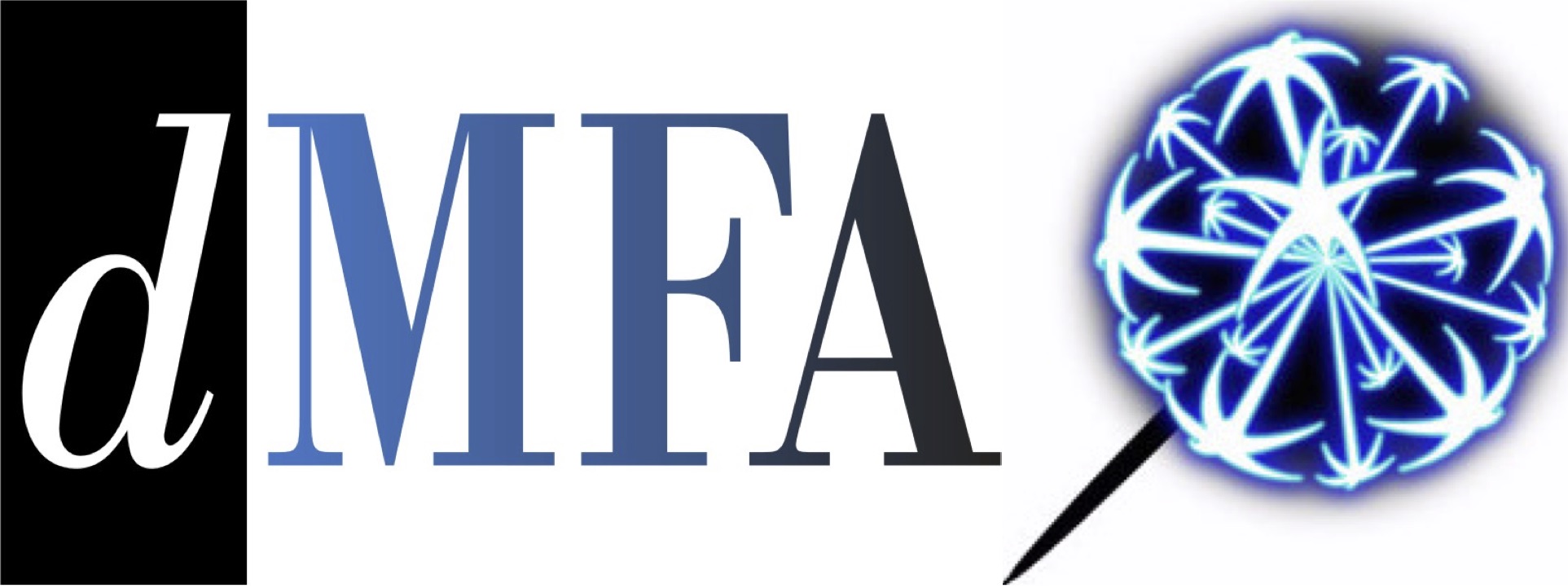GIREP – ICPE – EPEC konferenca, Dublin, 3. – 7. julij 2017
20-minutno predavanje, povzetek:
A MODEL OF SOLAR SYSTEM: KEPLER’S THIRD LAW AND ELONGATION OF MERCURY AND VENUS AT SCIENCE COMPETITION
Barbara ROVŠEK* and Andrej GUŠTIN**
*Faculty of Education, University of Ljubljana
**Electrotechnical-Computer Secondary School and Gymnasium, Ljubljana, Slovenia
Abstract
The third science competition for 6 to 12 years old learners took place the last year in Slovenia [1,2]. The competition is based on few science experiments, which should be performed in advance, either at school or at home. The major part of our conference contribution will be a presentation of the astronomy experiment which was given to 11 and 12 years old students in the last competition. Additionally we will present problems, related to this particular astronomy experiment and given at competition. At the end we will present a modest analysis of the results.
For the experimental part done prior to competition students were instructed to make a physical model of inner part of the Solar system with four terrestrial planets, Mercury, Venus, Earth and Mars. Students were given data about the average radii of the planets’ orbits and orbital periods. Experimenting with a model of Solar system consisted of two parts. In the first part the content of the third Kepler’s law was introduced as it influences the radii and orbital periods of the planets, and its consequences on the distances, traveled by different planets in a month, were observed. In the second part the relative position of inner planets was studied and concepts of elongation, conjunction and opposition were introduced. Using the physical model which they created by themselves and following instructions for experimenting supported their comprehension of the nontrivial details of the collective motion of the planets around the Sun and recognition of the patterns. Details of nontrivial relative motion of Venus with respect to the Earth, with special feature of Venus being observable in the sky only in particular hours of the day, manifest apparently when seen with the help of the model.
Keywords
experimental work, astronomy, assessment, science competition.
References
[1] The call of the competition is on the page https://www.dmfa.si/Tekmovanja/NaOS/Razpis.aspx
[2] Rovšek, B. “Assessing learning outcomes from experiments in a science competition”, 2017 Eur. J. Phys. 38 034003 http://stacks.iop.org/0143-0807/38/i=3/a=034003
